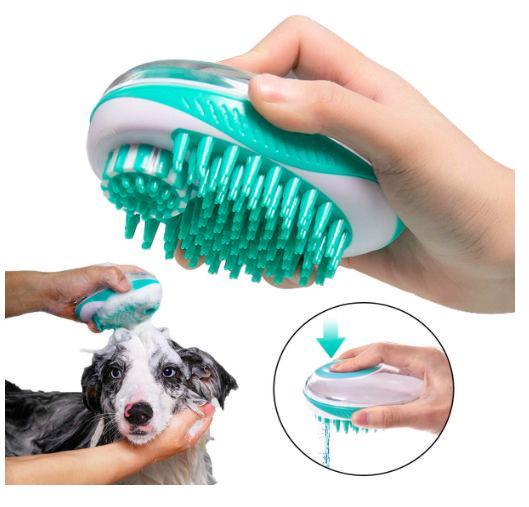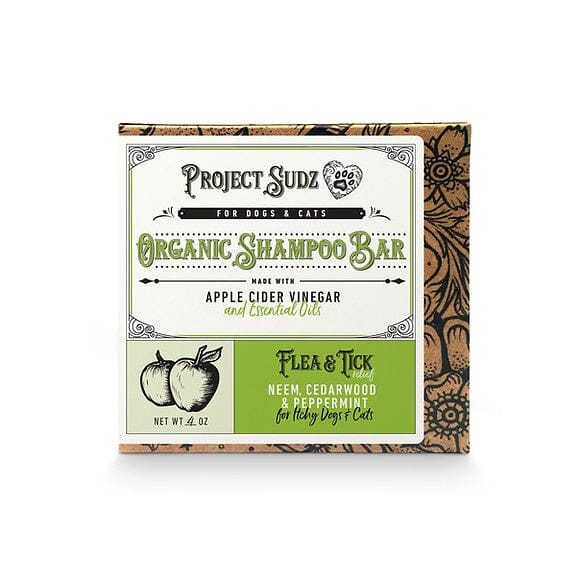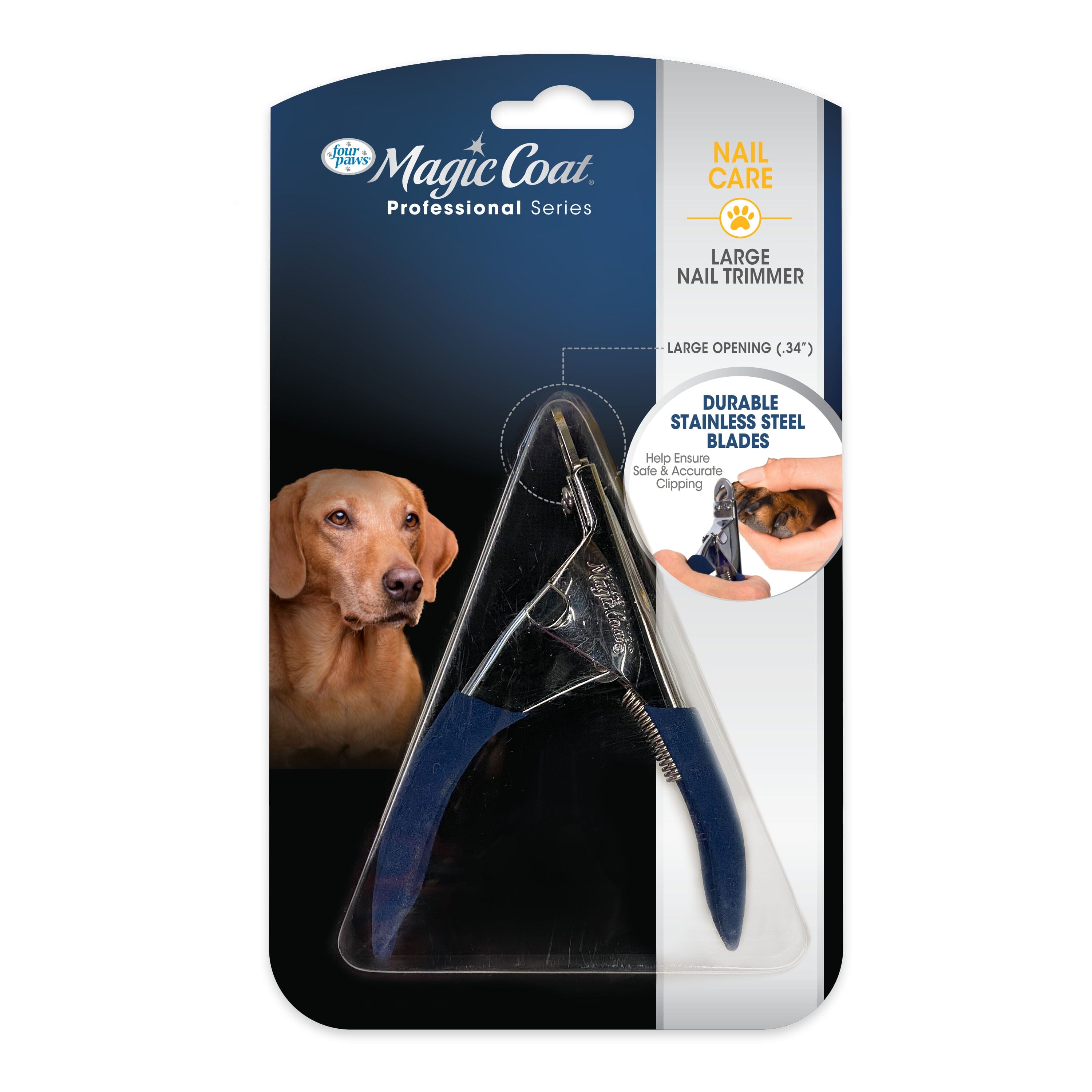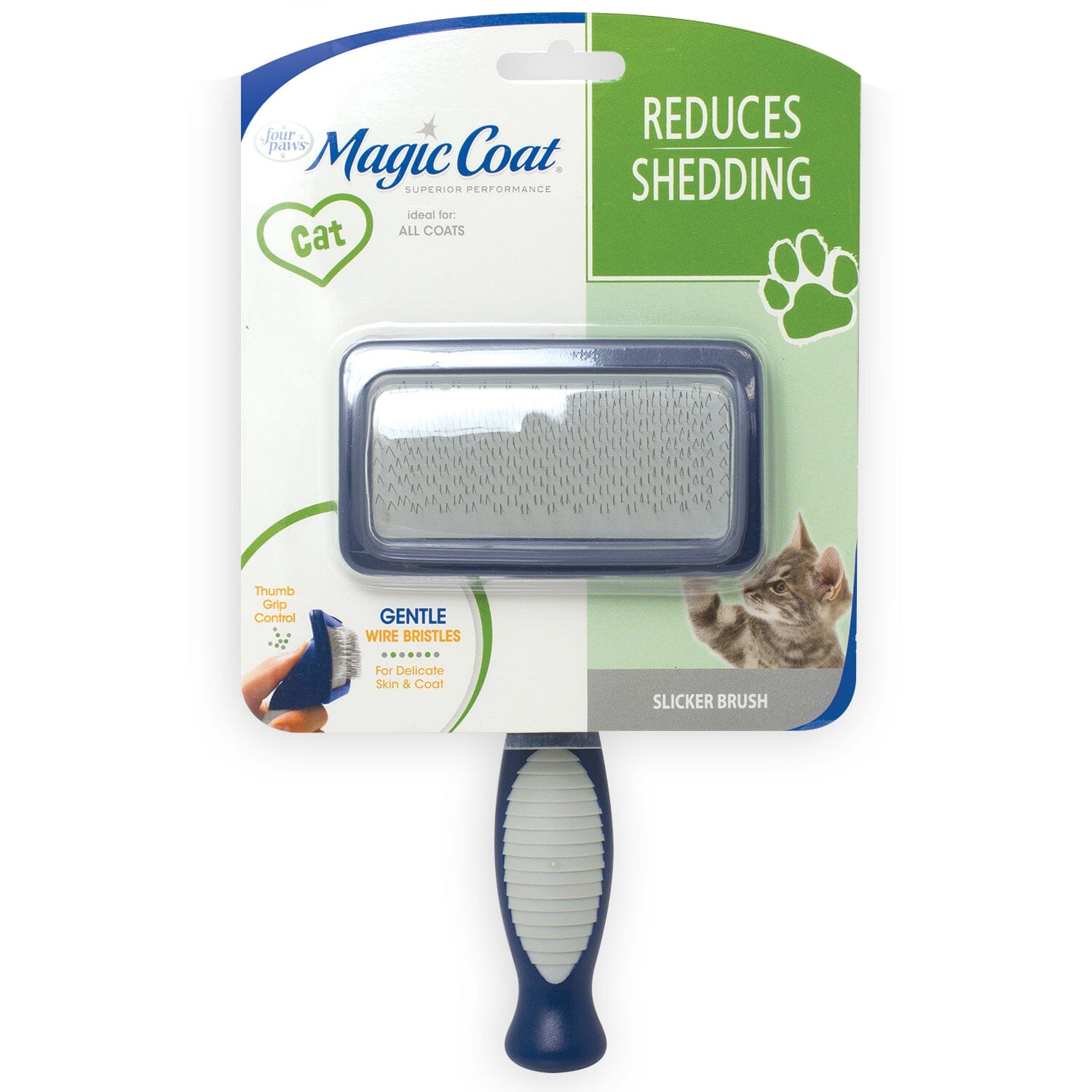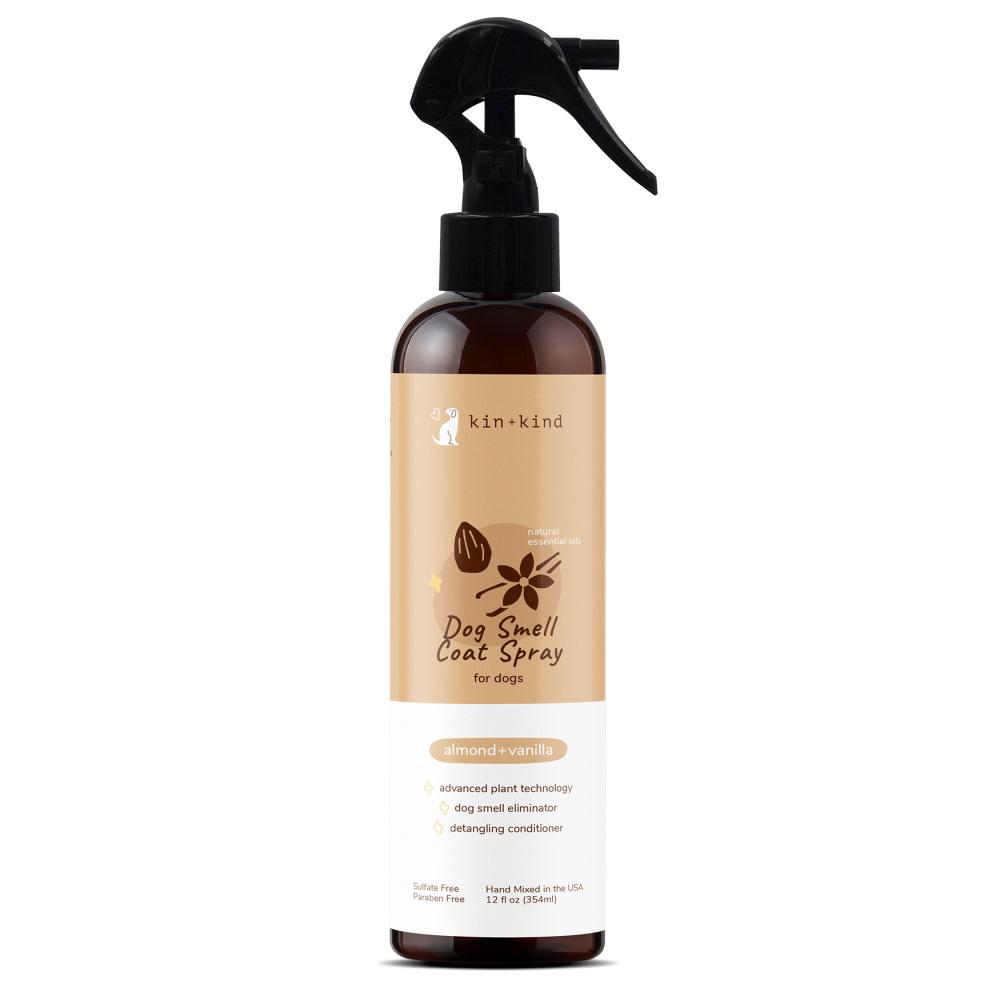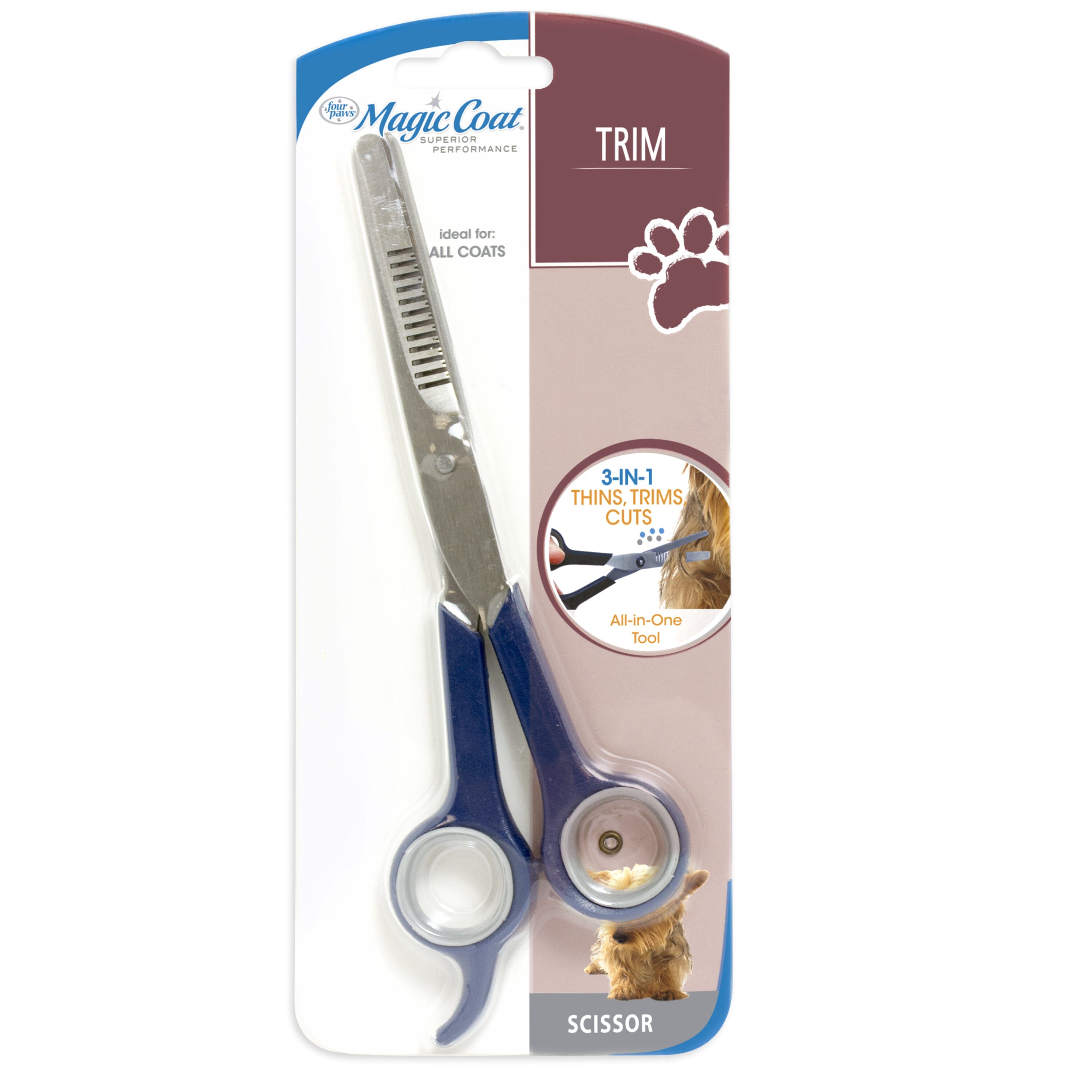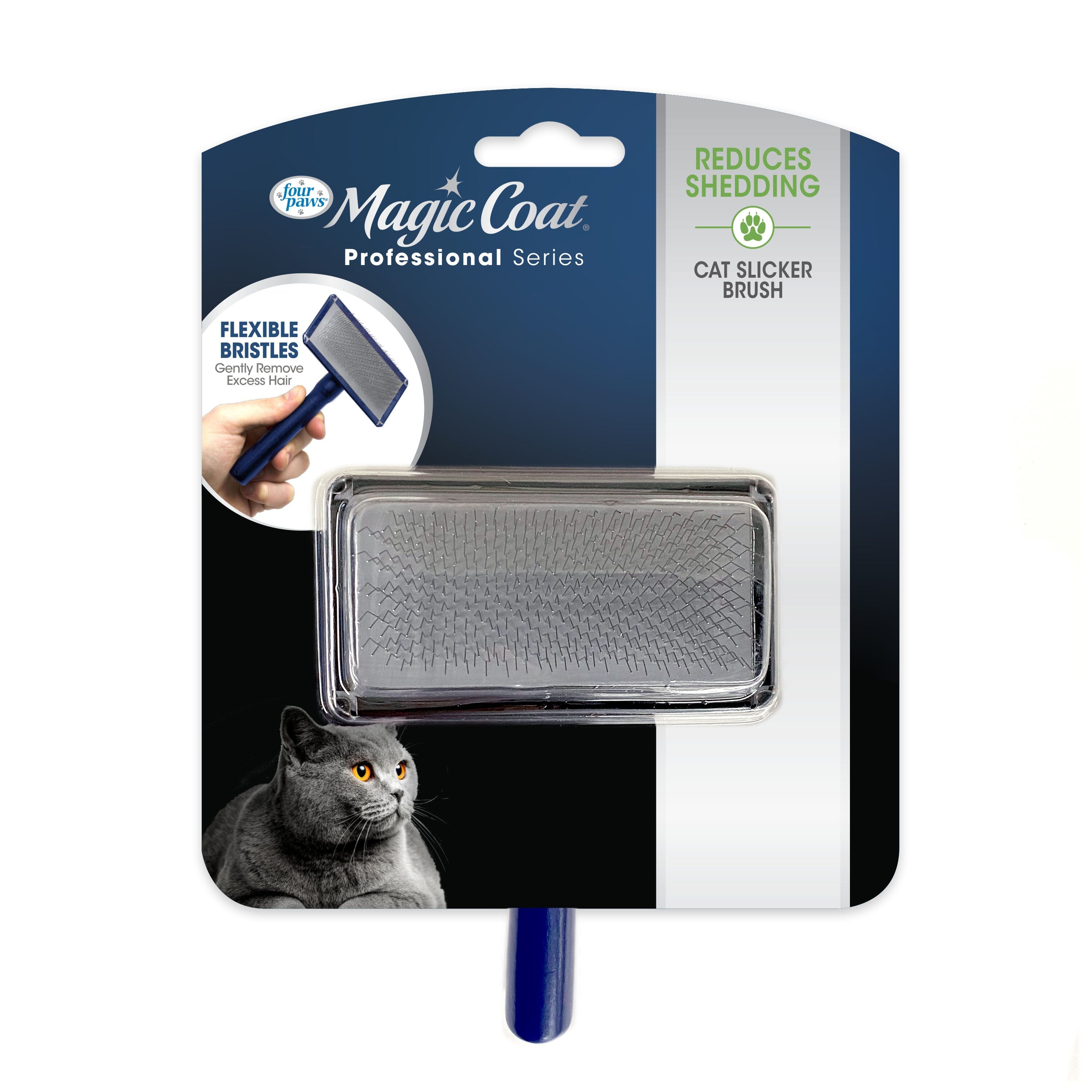Cat Grooming

Project Sudz Flea & Tick Shampoo Relief Bar Cat and Dog Shampoo - 4 Oz
- Sale price
- $7.50
- Regular price
- $9
Four Paws Magic Coat Professional Series Nail Trimmer for Dogs Nail Trimmer - Large
- Sale price
- $6.32
- Regular price
- $7.58
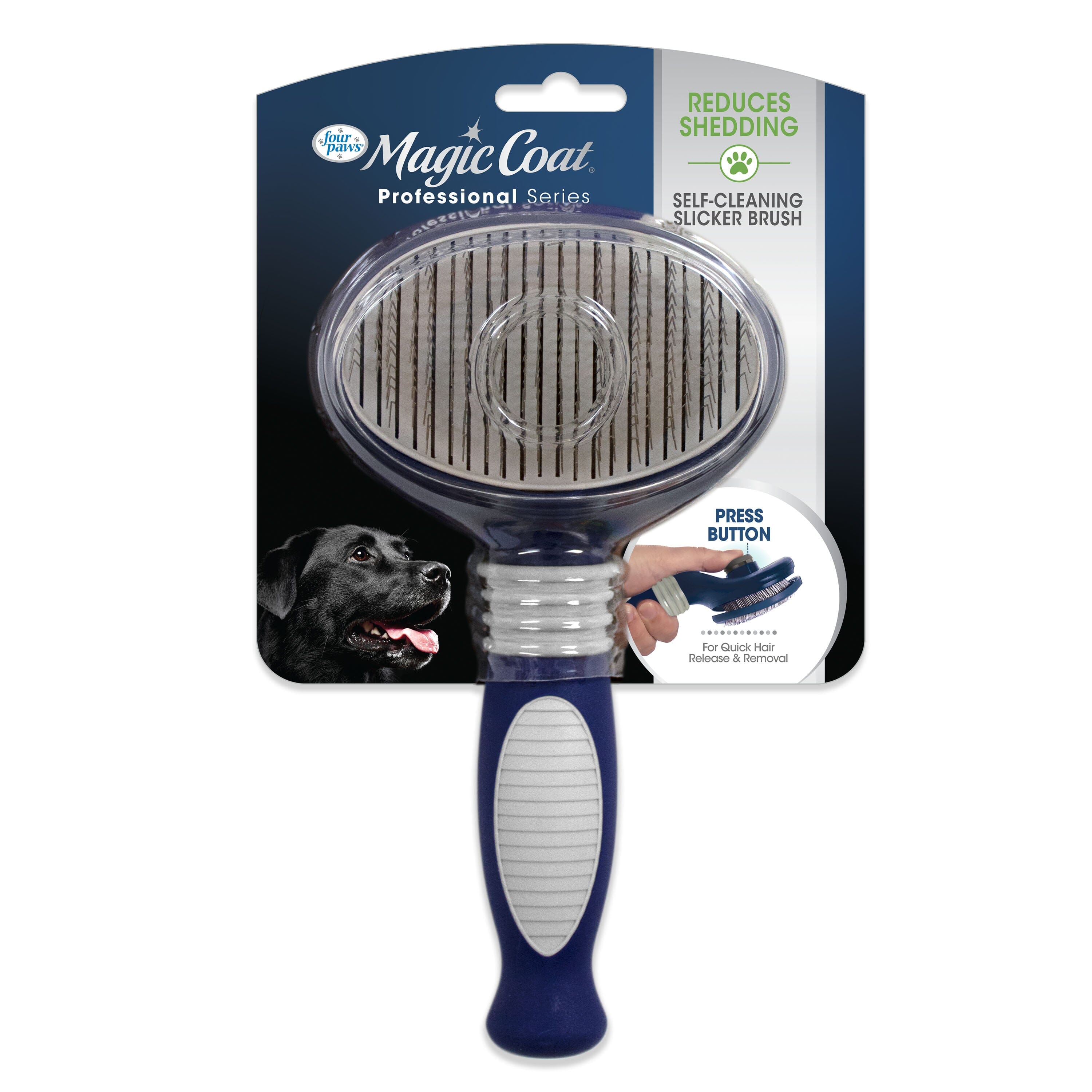
Four Paws Magic Coat Professional Series Self-Cleaning Slicker Brush Self-Cleaning Brush - One Size
- Sale price
- $9.57
- Regular price
- $11.48
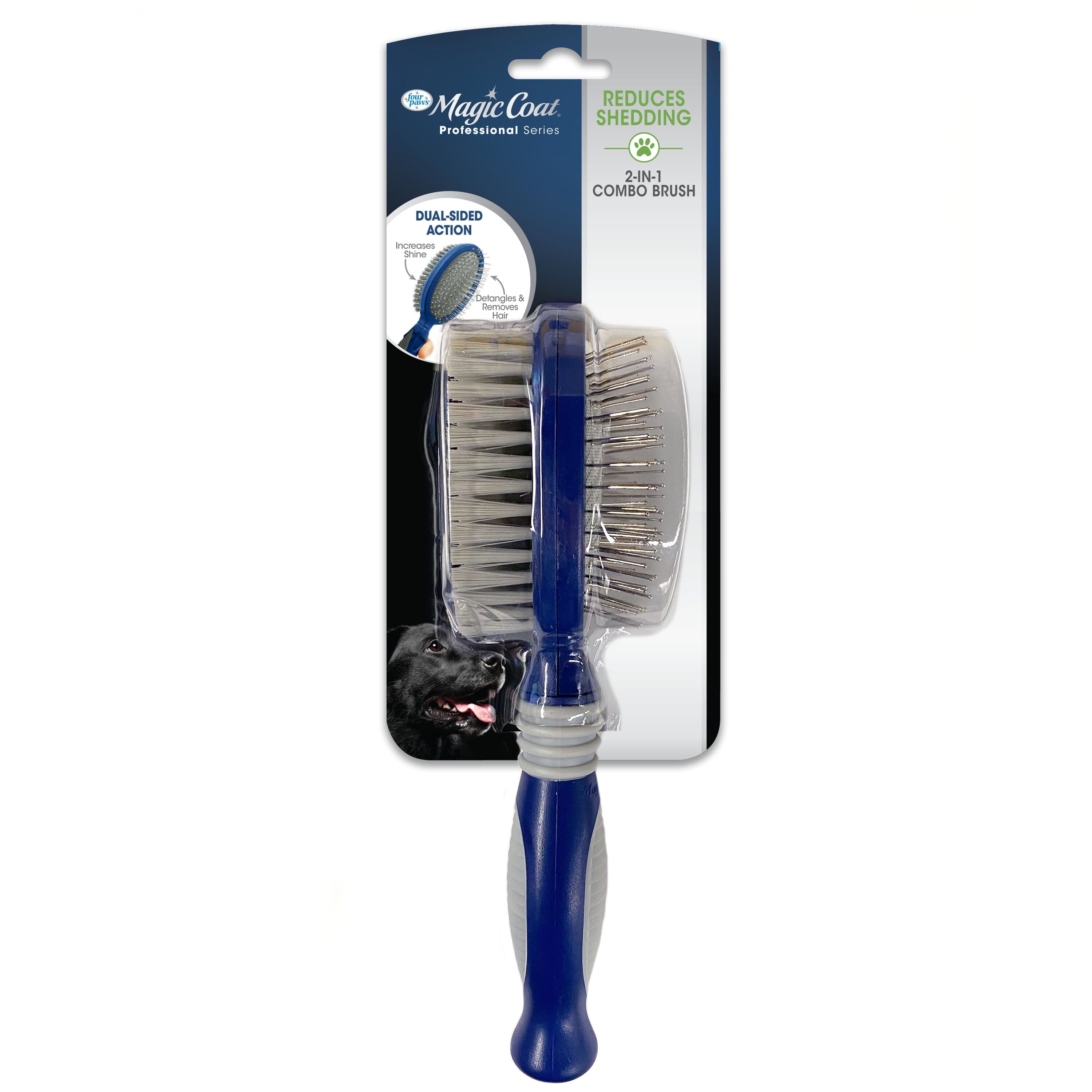
Four Paws Magic Coat Professional Series 2-in-1 Combo Pin and Bristle Dog Brush 2 in 1 - One Size
- Sale price
- $6.80
- Regular price
- $8.16
Andis Cool Care Plus 5 In 1 for Grooming Pet Clipper Blades - 15.5 Oz
- Sale price
- $14.45
- Regular price
- $17.34
KIN + KIND Skin and Coat Almond and Vanilla Coat Spray - 12 oz Bottle
- Sale price
- $14.99
- Regular price
- $17.99
Andis Trim'N Go Cordless Animal Pet Grooming Trimmer - Black/Silver
- Sale price
- $21.64
- Regular price
- $25.96
Four Paws Magic Coat 3-in-1 Grooming Scissors for Dogs - One Size
- Sale price
- $7.39
- Regular price
- $8.86
Four Paws Magic Coat Professional Series Slicker Brush Slicker Brush - One Size
- Sale price
- $5.70
- Regular price
- $6.84
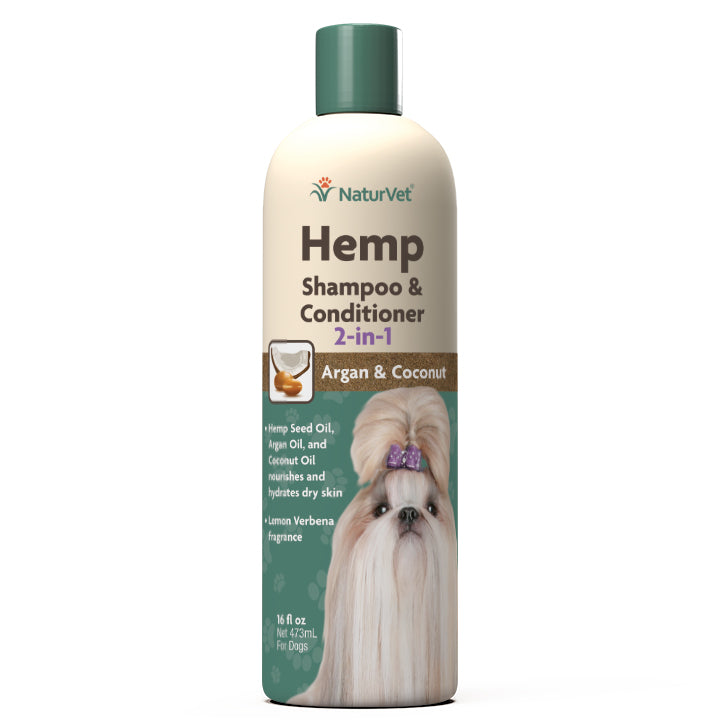
Naturvet Skin and Coat Hemp Dog Shampoo & Conditioner 2 in 1 with Argan & Coconut Oil - 16 oz
- Sale price
- $18.99
- Regular price
- $22.79
Cat Grooming
Grooming your cat isn’t limited to standard brushing for style or providing a clean-smelling coat. Several other health benefits are associated with removing knots, mats, and entanglements in their hair. Moreover, grooming reduces redness or itching and combats fleas and ticks, which can be detrimental to your cat’s health.
Let's start by providing a synopsis of various cat grooming tools before talking about other cat grooming supplies.
Grooming Tools
Grooming Tools range from scissors and brushes to de-shedding combs. Besides, they also include combs that vary in bristle tones, such as hard and soft, nail-clippers, and even electronic and manual nail-filers.
Cats usually have thin and delicate skin, sensitive to external factors. Hence, it’s crucial to have the right grooming tools and use the proper procedure with caution, or else the process can turn into a significant challenge.
The following contains vital information on various cat grooming tools to help you determine the right tool to do the job.
Slicker Brush
Cat Slicker Brushes contain thin, flexible needle-like bristles engineered to get in-between their fur and remove any or all loose hair and dirt between their coats.
These brushes come in varying bristle lengths to suit the cat’s hair length and style. Besides, most slicker brushes feature a release button mechanism above the bristle areas and below the handle that automatically releases the hair, offering a convenient way to dispose of them (when we say coats, we're referring to a cat’s fur coats and not actual dog coats. Duh!).
Rubber Brushes
Rubber brushes, especially those made of silicone material, are trendy. These brushes are softer and easier, making them ideal for dry and wet coats during bathing. Besides, they're comfortable, easier on your cat’s sensitive skin, and provide a nice massage, ensuring an enjoyable grooming experience.
Rubber brushes are available in many molds and types. They offer flexible little points that are usually not as deep and meant to remove any shedded hairs at the top of the feline’s fur coating.
Bristle Brushes
Bristle Brushes are the most common cat grooming tools that many cat parents own. They're softer and easier on cats than rakes and metal de-shedding combs with pointy edges that can puncture a cat’s skin if not used properly. Bristle brushes are a safer alternative to other cat grooming brushes. Besides, they're great for styling and can be used before or after bathing.
The bristles found on such brushes are similar to those on toothbrushes.
Furthermore, bristle brushes are more effective when used on dry, soft hairs as they are highly flexible and more delicate than pin or slicker brushes. Also, the bristle length isn’t long and is designed to tackle the top portion of your cat’s exterior coats while providing moderate capabilities in removing hair that shed.
Cat De-Matting Brushes or Rakes
De-matting combs are very similar to rakes and provide the same benefits, so they are a clear matter of preference. Some say rake combs work better than wider de-shedding combs. While both options are rigid in structure and contain metal blades, rakes are less rigid than de-matting combs and vary in width.
It’s crucial to note that there are two different types of de-matting combs. There are stripping combs that are very short in length and are meant to remove hairs trapped on the surface of their coats very effectively. In addition, there are long metal undercoat rakes that are different from curves rakes.
Quite frankly, curved rakes should be different from under-coat rakes, entirely different in design, although similar in function.
Undercoat rakes contain long, non-flexible bristles designed to get close to your cat’s skin and remove all loose hairs embedded. The only major problem is that while the bristles aren't pointy, they are sharp and tough. For these reasons, they can severely hurt your cat’s sensitive skin when used carelessly. These rakes can puncture or bruise their skin, causing itchiness, redness, and bleeding if misused. Moreover, this experience can be traumatic for your cats, and they might fear the whole grooming experience.
The idea is to make grooming an enjoyable activity. Hence, the best way to use undercoat rakes is by placing your hand between your cat’s hair and sensitive skin when brushing.
Nail Clippers and Scissors
Nail clippers use standard clipping mechanisms to clip nails. These clippers resemble scissors and offer various barriers or methods to avoid cutting too close to their nail beds, preventing pain or bleeding.
Besides, cats’ claws are typically sharp, so you should properly file them to eliminate edges due to clipping. You can completely replace cat nail clippers with nail sanding devices as they're typically safer than clippers without any sharp edges. While this mechanism is time-consuming, it is worth it.
Nail fillers are either automatic or manual. Automatic nail filers are more expensive, but they file nails faster and easier. In addition, some nail filers even feature built-in flashlights and magnifying glasses to provide a clear view of the claws. This cat grooming tool is a must-have in your grooming supplies, especially with kittens or nervous cats.
Cat Shampoos and Conditioners
Cat Shampoos and conditioners are formulated with ingredients different from those used in puppy and dog shampoos. Cat shampoos contain a mixture of fragrances and textures designed for all hair types.
Pet shampoos, conditioners, and even de-tangle sprays are designed to resolve problems and issues that other cat grooming tools, such as flea and tick collars and sprays, can't tackle properly. Besides, in many cases, cat shampoos effectively speed up recovery from bruises or remove bacteria and pesticides entrapped in hairs.
Cat shampoos are also helpful to smoothen-out hairs when preparing for brushing or cutting. This is important as cats have knots and mats in their hair that are very painful when cut. Furthermore, cat conditioners also make the hair silkier, smoother, softer, and thinner, making it easier to get rid of those knots and mats.
The following part contains various types of shampoos currently available.
Fragrance Pet Shampoos
Fragrant shampoos smell delicious and are available in a wide spectrum of fragrances. Some shampoos contain ingredients that even provide calming properties, such as Chamomile, Lavender, Eucalyptus, Rosemary, and even Menthol.
Moreover, they're available in many other fun fragrances, including Cherry, Apple, and Blueberry.
Natural Pet Shampoos
Natural Shampoos for cats are an exceptional choice and a holistic approach as they are entirely natural and non-toxic, which isn’t the case with some fragrance shampoos.
These shampoos are derived and extracted directly from plants without adding any chemicals to enhance the smell. Moreover, these shampoos contain natural fragrances that can boost calming and make bathing more enjoyable. Some shampoos, such as Oatmeal and Aloe Vera shampoos, provide natural healing and bacterial fighting benefits.
Aloe Vera gel is a natural compound rich in vitamin E that humans mostly use as a topical ointment to help alleviate symptoms, such as itching or pain from scratches and skin burns due to sun or heat. In liquid form, this compound is quite effective in providing cooling relief and healing bacterial skin issues that can cause infections, especially with fragile, sensitive skin cats.
Moreover, Aloe vera is helpful when your cat shows signs of discomfort or irritation, but it’s difficult to see those scratches and burns visually. Aloe Vera is also great for repelling bugs and insects off their coats.
Oatmeal Shampoo is another natural shampoo that naturally assists in alleviating scratching symptoms. In addition, these shampoos contain human-grade grain that is GMO-free, making them a completely safe and popular option.
Furthermore, Oatmeal and some menthol-based shampoos can help alleviate dandruff naturally.
Hypoallergenic Shampoos
Due to cats’ surroundings, living conditions, and the foods they eat, many develop allergies. Besides, in some cases, your cat can develop allergies simply by breathing in chemicals or ingredients that their brain receptors pick up, causing internal and external skin reactions that can be moderate or deadly
Hypoallergenic shampoos are perfect for such situations. They contain specially formulated chemicals that prevent any adverse skin reactions.
However, since the FDA doesn't regulate cosmetically produced shampoos for pets, it's essential to read the ingredients first and check which skin reaction your cat has with your licensed veterinarian. Try to find shampoos that are vet-approved and also check what other cat owners have to say.
Medicated Cat Shampoos and Conditioners
Medicated shampoos and conditioners are essential cat grooming supplies that are medically created with added chemicals. Some feature large portions of all-natural ingredients, allowing them to deliver fast-acting effects.
Medicated cat shampoos are ideal for emergency cases, such as removing fleas and ticks, treating severe burns, allergies, and reducing hair loss and dandruff-related issues.
Cat De-Tangling Sprays
De-tangling sprays for cats are meant to tackle a specific issue, i.e., treating hair with entanglements, such as knots and mats. These sprays are ideal for pet owners with limited time to bathe their pets and break those divides, making them a popular option.
In addition, cat de-tangler sprays are essential for cats with curly hair that are hard to brush. You’ll only need a few sprays to straighten out their fur, making brushing a breeze, especially when using a pin-brush or a harder brush like a rake.
Waterless Grooming Sprays and Wipes (Including Pet Colognes)
Waterless grooming sprays and cat wipes are highly effective cat grooming supplies. They eliminate the hassle of showering and bathing the pets constantly. Moreover, these cat grooming tools allow owners with busy, hectic work regimes to extend their cat’s bathing schedules.
Waterless grooming sprays provide a pleasant, soothing fragrance that can even function as pet colognes. These grooming sprays can include shampoos and conditioners that are all-natural and hypoallergenic.
Lastly, let’s talk about pet wipes. There are countless cat wipes available, such as hypoallergenic, tearless wipes, which are alcohol-free and great for rubbing around the eye areas to remove tear stains. Besides, fragrance wipes offer a quick wipe down and cleaning while providing fresh bursts of delicious smells. Then there are unscented, natural wipes that are free of all chemicals. There are even wipes containing calming fragrances that are also all-natural. Most wipes are all-natural and designed for universal use among pets, ensuring countless options to select from.
People Often Ask:
Regular hairbrushes are not as effective as cat brushes for many reasons. You can groom your feline’s top and undercoat, which isn’t the case with cat brushes with a regular hairbrush. Moreover, cat grooming brushes can remove mats in long-haired cats by penetrating deep hair closest to the skin.
Yes! Although cats clean themselves by licking, this is effective only for a short period. Cat grooming tools, including soaps and shampoo, are a great way to deep clean your cat’s fur and skin and remove any stinky smell. Besides, bathing is effective in removing dirt and bacteria.
Cat grooming can be a challenging task if not done correctly. Similarly, these sessions can be fun and relaxing with the right cat grooming supplies. Always start grooming your cat at a young age, allowing your cat to get used to it. Also, pay close attention to your cat’s body language and give her treats so that she can associate grooming sessions with positive outcomes.
The frequency of cat grooming largely depends on your cat’s breed. Ideally, medium to long-haired cats needs more frequent brushing than short-haired cats. Brush long-haired cats daily, while doing this only once a week for short-haired ones.
Absolutely! Trimming claws is necessary for indoor cats, especially if the claws are getting stuck on soft surfaces. Moreover, longer claws can curve and penetrate your cat’s pad, causing infection. Hence, it’s best to trim your cat’s nails every 10 to 12 days.

